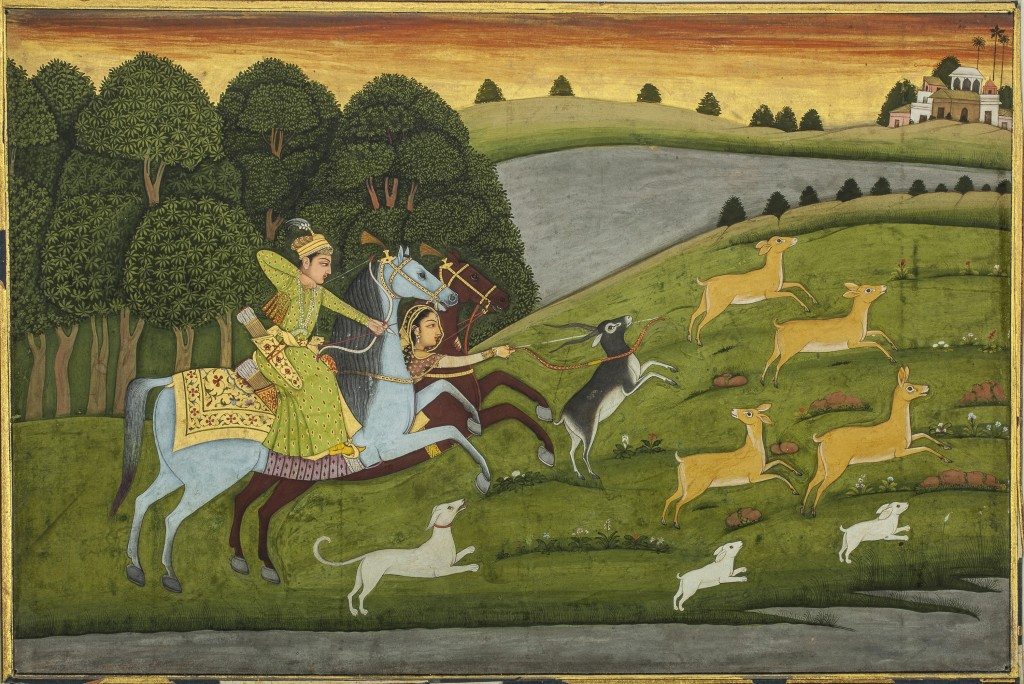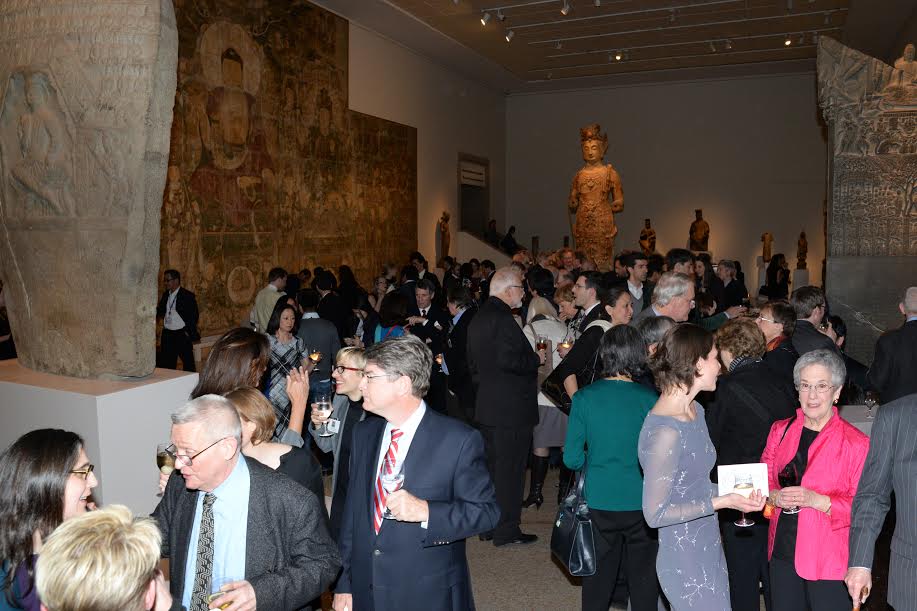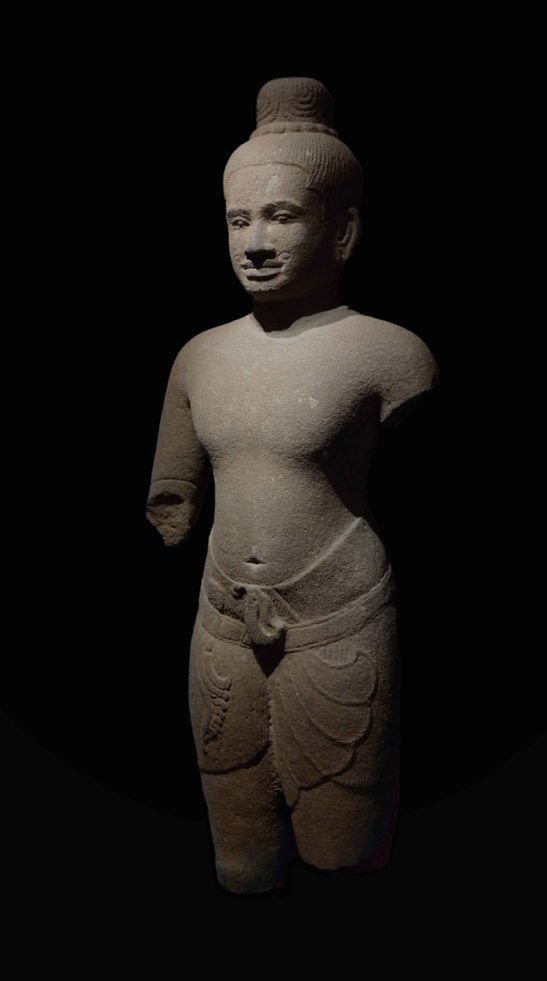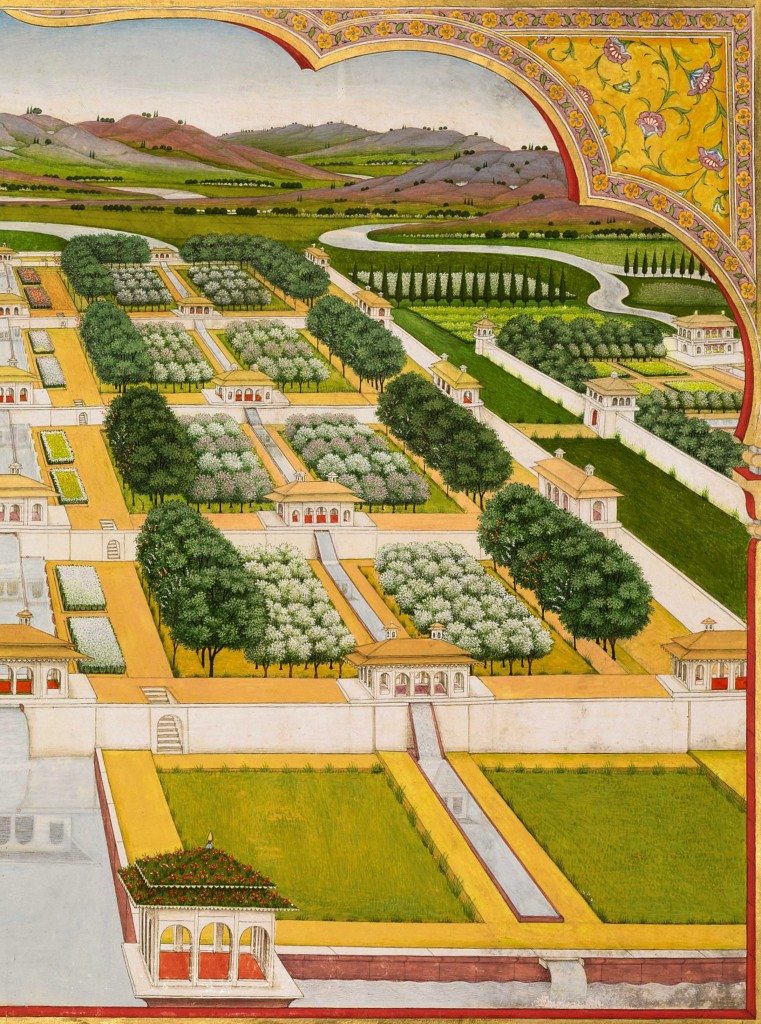Asia Week in New York:

A Week Spent Chasing Asian Art
Yes, it’s that time of the year when Asian art takes over New York City and art-lovers from all over the world come to the Big Apple. Just before Asia Week opened (March 13 -21, 2015) I spent a day with a group of bloggers and journalists in hot pursuit of hidden treasures. We started out at 8 am and walked into galleries till 8 pm, clad in comfortable shoes and armed with our cell phone cameras. We visited many galleries, some wedged into townhouses, hidden from the public eye. Not only did we catch the highlights of the festival but met with wonderful people – collectors, gallerists and scholars and saw how art encompasses everything they do – to them, art is as essential as food for nurture and sustenance.
Asian art certainly evokes great passion among collectors, dealers and academics. The very fact that dealers had come from Belgium, England, France, Italy, Japan, Malaysia, Switzerland besides the US, shows the great seduction of Asian artifacts. Organized by the nonprofit Asia Week New York Association, the week is a celebration of antiquities and modern art from Asian countries, primarily China, India, Japan, Korea. Tibet and Nepal.
As Carol Conover, Chairman of Asia Week New York, observed, “For six years, Asia Week New York has pursued its singular mission of integrating Asian art into the cultural fabric of New York and promoting its unique appeal worldwide.”
Whether you collect paintings, sculpture, bronzes, jade ceramics or textile, there was something for everyone at Asia Week. There were antiquities from Chinese to Korean to Japanese to South Asian. Lovers of Indian art will be happy to know that the presence of art from South Asia is increasing every year, and that over 100 curators from the important museums in the US came in to acquire pieces for their museums during Asia Week.
The participants included 22 major museums, from the Metropolitan Museum of Art to Asia Society to the Guggenheim, showcasing exhibitions and panel discussions and events. Asia Society showed the Buddhist Art of Myanmar, featuring 70 works from the fifth to the early 20th century. The Queens Museum highlighted more recent times with its work of Indian artists: ‘After Midnight: Indian Modernism to Contemporary India – 1947/1997.’

Asian art certainly has deep roots in America for this year the Metropolitan Museum of Art is celebrating the centennial of its Asian art department. At a glittering reception for over 600 people at the Met in the dramatic Sackler Gallery for Early Chinese Art, guests gathered and then visited the different galleries to meet the curators for tours of new exhibitions. The Arts of South and South east Asia galleries showcased the newly re-opened Arts of Nepal and Tibet galleries showcasing the exhibit ‘Sacred Traditions of the Himalayas.’ There will be a yearlong series of new exhibitions at the Met, and 8 of these opened during Asia Week.
The Asia Week was a sumptuous nine day feast with over 42 galleries from around the world setting up shop in New York, and they all had an open house on the weekend where New Yorkers and visitors alike could check out the antiquities up close.

South Asian Art Shines
While Chinese and Japanese art has always been strong, the number of dealers offering South Asian and Himalayan art continues to increase. This year the dealers showing South Asian antiquities included Walter Arader, Galeries Hioco, Art Passages, Dr. Robert S. Bigler, Prahlad Bubbar, Carlo Cristi, Oliver Forge and Brendan Lynch, Nayef Hosi, Francesca Galloway, Susan Ollemans, Kapoor Galleries, Carlton Rochell Asian Art, and Nancy Wiener Gallery.
Each of these galleries had rare pieces to show and some were being seen for the first time in New York since dealers had brought in treasures from Europe and the Far East. Gisele Croes, a dealer from Brussels had set up ‘From This Life to Eternity’ at the Gagosian Gallery and featured the Bodhisattva of Compassion. San Francisco’s Art Passages at Isselbacher Gallery showed 20 paintings in an exhibition titled ‘The Feminine Mystique in Indian Art’ and one of the excellent ones is Baz Bahadur and Rupmati Out Hunting. London’s Prahlad Bubbar brought in some exquisite images including A View of Shalimar Bagh, part of his exhibition ‘The Flower Garden: Indian paintings 1600 -1850.

The Path of Enlightenment
It is also fascinating to think of the cultural connections between various Asian countries: At Asia Week there were Buddhas and Boddhisatvas from all the Asian cultures showing how far the path of enlightenment had traveled – Berlin’s Buddhist Art showcased a 15th century marble Buddha Baisajyaguru which has been clearly identified as having come from the Diamond Seat Pagoda in Beijing.
Two Indian-owned galleries are also in the mix which showed at Asia Week: Navin Kumar Gallery which showed an exhibition of Indian and Himalayan art and the Kapoor Galleries, which showed the exhibition ‘Realms of Existence: Buddhist and Hindu Works of Art.’ It was telling to see three generations of the Kapoor family in their Madison Avenue gallery, surrounded by South Asian art.
Several noted New York dealers who showed some important pieces: Carlton Rochell Asian Art showed Indian, Himalayan and Southeast Asian Art featuring a fine collection of classical Indian paintings including an illustration of a Gita Govinda series, dating to 1775. The Nancy Wiener Gallery showed an 11th century Khmer Standing Shiva sculpture as well as a 7th century Ganesha from Cambodia. I was particularly charmed by a monumental ceremonial necklace of silver and rubies from South India with a circumference of 110 inches – once put around the neck of Nandi, Siva’s mount.
The auction houses also swung into action with exhibitions, receptions and auctions. Bonhams, Christie’s, Doyle New York, iGavel and Sothebys all were part of Asia Week. The big ticket items which got the highest bids at Sotheby’s was the rare Untitled (Self Portrait) by Amrita Sher-Gil which sold for $2, 920,000, a record for any Indian female artist. Modern and contemporary South Asian art brought in $10,589,000. In antiquities, the figure was $6,014,625.
Christie’s also reported strong sales of South Asian and Himalayan art with a total of $3,723, 375, with an 18th century bronze figure of Vajrabhairava and Shakti going for $1,085,000. As Christie’s noted, Buddhist art had many new collectors bidding from China. The Asian art market is heating up!
For more details visit www.asiaweekny.com
(C) Lavina Melwani
(This article was first published in The Hindu )
